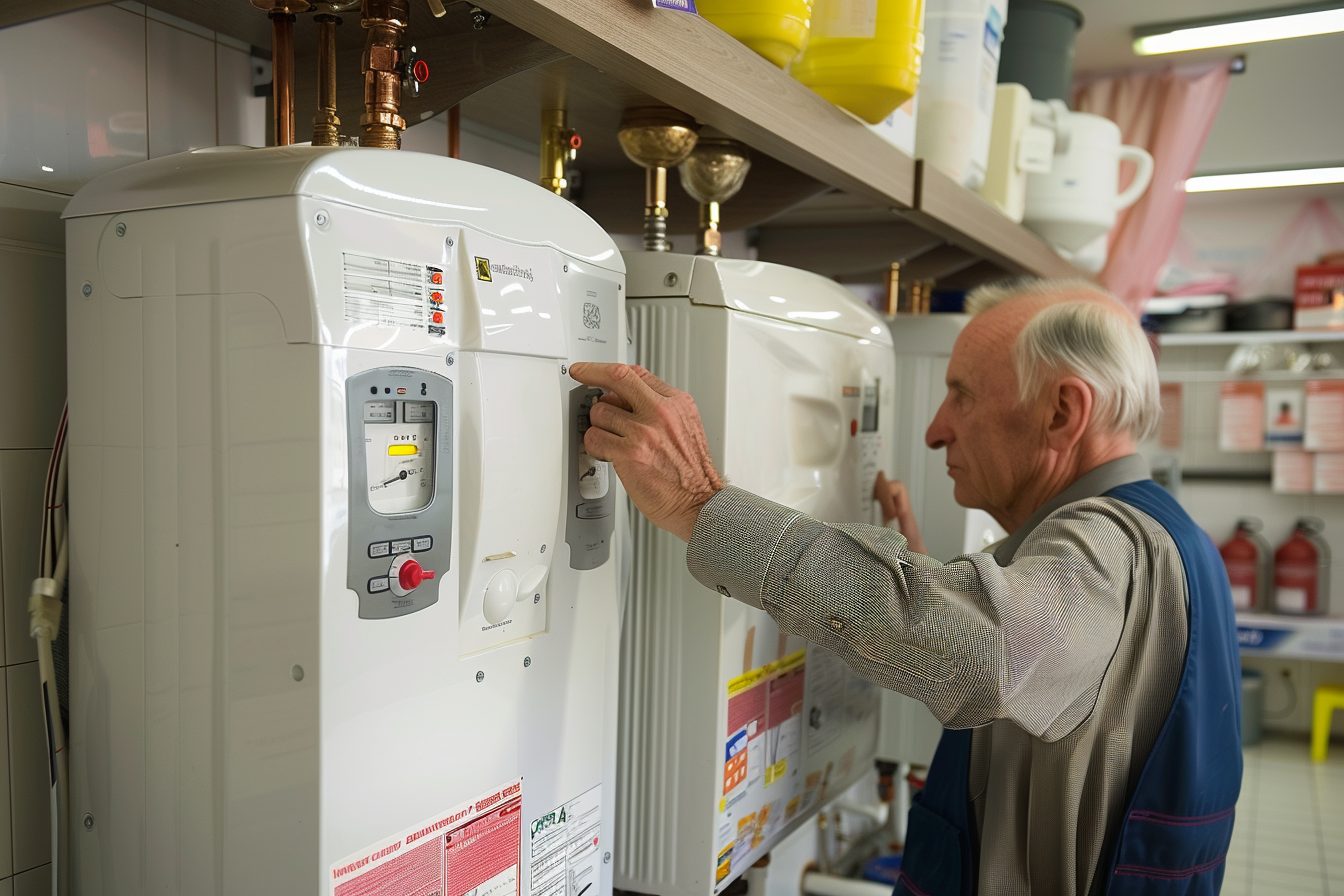HVAC Essentials: Smart Guide to Heating, Cooling & Air
Learn how your home's HVAC system controls temperature, humidity, and indoor air quality year-round. This practical guide explains common system types, routine maintenance, warning signs that need professional attention, and cost expectations—all designed to help you improve comfort and energy efficiency.

HVAC Essentials: Smart Guide to Heating, Cooling & Air
Common HVAC System Types and Their Benefits
Homes and buildings rely on a variety of HVAC setups to meet comfort and efficiency needs. Split systems, the most familiar model for residences, place the compressor and condenser outdoors while housing the evaporator and furnace inside. This separation allows for quieter indoor operation and easier access for repairs.
Packaged units consolidate all major components in a single outdoor cabinet. They are space-efficient and often used where indoor mechanical rooms are limited, such as small commercial sites or compact homes.
Heat pumps are versatile systems that move heat instead of generating it, providing both heating and cooling from the same equipment. Modern heat pumps are highly efficient and can be a good option in moderate climates.
Ductless mini-splits deliver conditioned air directly to individual rooms without central ductwork. They are ideal for room additions, older homes without ducts, or for creating distinct temperature zones while reducing energy losses associated with ducts.
Each configuration has advantages: split systems offer familiarity and wide serviceability; packaged units save indoor space; heat pumps combine functions with strong efficiency; and ductless systems allow targeted comfort control.
Understanding HVAC Maintenance Requirements
Routine care keeps an HVAC system running efficiently and extends its usable life. Homeowners can handle basic tasks: replace or clean air filters every 1 to 3 months depending on usage and filter type; keep supply and return vents free of dust and obstructions; and verify thermostat settings and battery power.
More thorough servicing should be left to trained technicians. A professional inspection twice a year—typically before heating and cooling seasons—helps catch worn components, refrigerant issues, electrical problems, and airflow restrictions before they become costly failures. Technicians will check belts, motors, refrigerant levels, condensate drains, and safety controls, and they can perform system cleaning and calibration to restore peak performance.
Consistent preventive work reduces energy waste, lowers repair frequency, and keeps indoor air quality at healthier levels.
When to Call an HVAC Technician
Some situations require immediate professional attention. Contact a certified HVAC technician for system installation, major repairs, or if you notice these warning signs:
- Strange or loud noises from the furnace, air handler, or outdoor unit
- Uneven temperatures between rooms or persistent hot/cold spots
- A sudden spike in energy bills without lifestyle changes
- Detectable burning or chemical odors, which could indicate electrical or other hazards
- Frequent short cycling (system rapidly turning on and off)
- Signs of moisture or mold around ductwork, vents, or the indoor unit
Certified technicians have the diagnostic tools and training to safely identify underlying causes and recommend correct repairs or replacements. Attempting complex repairs without expertise can void warranties and pose safety risks.
The Cost of HVAC Services and Installation
Below is a quick reference for typical service and installation costs. Actual prices vary by region, system complexity, and service provider.
| Service Type | Average Cost Range | Frequency |
|---|---|---|
| Annual Maintenance | $150 - $300 | Twice yearly |
| New System Installation | $5,000 - $12,000 | One-time |
| Emergency Repairs | $200 - $1,500 | As needed |
| Air Filter Replacement | $20 - $60 | Every 1-3 months |
Prices, rates, or cost estimates mentioned in this article are based on the latest available information but may change over time. Independent research is advised before making financial decisions.
Improving HVAC Efficiency and Performance
Several practical steps can boost your system’s effectiveness and reduce utility bills. First, ensure your home is well insulated and that windows and doors are properly sealed to minimize heat transfer. Sealing duct leaks and insulating ducts in unconditioned spaces helps prevent lost conditioned air and improves overall efficiency.
Upgrading to a smart thermostat lets you program schedules or use learning features to avoid heating or cooling empty rooms, which can substantially cut energy use. Proper equipment sizing is also critical: an oversized unit will cycle frequently and waste energy, while an undersized unit will struggle to maintain comfort.
Keep vents and returns clean and unobstructed to preserve balanced airflow. Periodic duct cleaning can help where dust or debris has accumulated, although it is not needed in every case. For homes considering upgrades, high-efficiency models, variable-speed blowers, and improved filtration can deliver long-term savings and better indoor air quality.
Final Notes on Maintenance and Decision-Making
Regular upkeep and early intervention protect your HVAC investment and maintain a comfortable, healthy indoor environment. Simple homeowner tasks paired with twice-yearly professional inspections form the best strategy for reliability and efficiency. When choosing repairs, replacements, or efficiency upgrades, weigh upfront costs against projected energy savings and expected equipment lifespan.
Understanding the different system types, routine maintenance needs, warning indicators, and typical costs will help you make informed choices—whether scheduling a service call, planning a system replacement, or making energy-saving improvements around the home.






